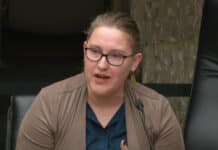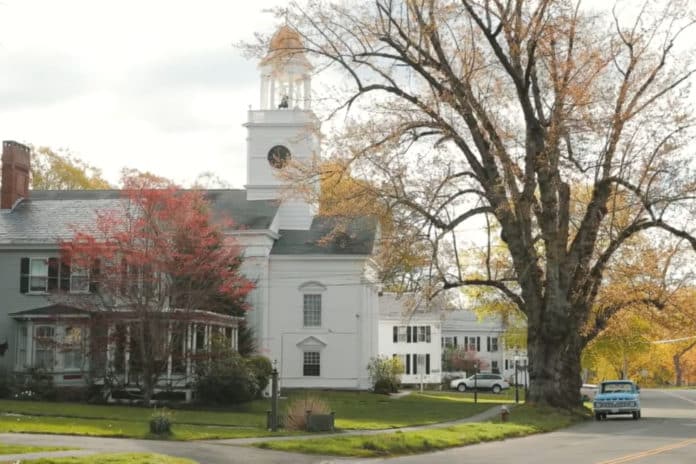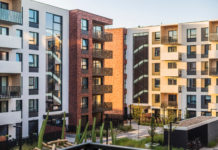Academia and media long have lazily claimed liberals care about so-called inequality, and conservatives seek to take care of the rich. Of course this hasn’t been remotely true in many decades, if it ever were.
Since facts should matter, let’s explore.
Today, the most unequal cities and states across America — filled with solipsistic elites, alongside struggling families, and a minuscule middle class — are populated by Democrats. And anyone who’s driven around America the last 15-20 years instantly realizes Republican-led locales maintain a more robust middle class.
Even data ascertained from the left-leaning Economic Policy Institute can’t hide deep blue states like California, Massachusetts, and New York suffering from much higher income inequality levels than red states, especially those in the Midwest and South.
In blue states, a higher proportion of the population holds college degrees and work in high-paying white collar positions. In the same states, however, those lacking a diploma often work in lower-paying service industry jobs. Large left-wing cities like Chicago, New York and San Francisco also have the most racially and economically-segregated communities.
The country’s remaining manufacturing bases are almost solely found in rural areas, and more so in red states, where a working middle class can thrive. Republican-led states can maintain solid lifestyles for those with high school or trade school diplomas, because employment opportunities adapt to employees’ skill sets in various not beholden to retrograde unions. Most of those people I know live comfortable middle-class lives with two cars, a physically large property, and maybe a motorcycle or small boat for weekends.
States vary by region, but nearly two in three manufacturing workers now live in red states. Similarly, of those whose highest level of education is high school, two thirds now reside in red states.
Is it still an oversimplification to note that most insular elites reside in blue states and rural working class Americans enjoy red states? Perhaps, but the divide actually plays out in red counties within blue states.
Minnesota, for example, has long been a blue state. But obscured by statewide results is Donald Trump twice winning about 90% of Minnesota’s counties while still losing the state. Those places have less income inequality than the small amount of urban counties that went for Clinton or Biden.
The same occurs inside blue places like Illinois, Maryland, New Jersey, Virginia, and the Pacific Northwest.
As I’ve written for years, the true divide in America absolutely is not race, gender or even ideology; it is class.
If this spike in trans children is all biological, why is it regional? Either Ohio is shaming them or California is creating them. pic.twitter.com/t3Tx23MOsu
— Bill Maher (@billmaher) May 21, 2022
Because of this cultural chasm — red lands populated by blue-collar workers, military veterans, and small business owners; Biden counties too often run by pedantic progressives who deem themselves superior because they listen to NPR — many economic policies in blue states will not work in most red states. Raising taxes and redistribution nonsense, as an example, may sound great in Connecticut, but won’t assuage angst in Arkansas.
Polarization has always existed in the United States and has undoubtedly been exacerbated by social media and the past few presidents; but in small town heartland, where I’ve resided for nearly 20 years after being raised on the coasts, daily life is removed from technocrat elites who prefer dictating behaviors to those they care nothing about.
Maybe they should check the data or their class privilege.
A.J. Kaufman
A.J. Kaufman is an Alpha News columnist. His work has appeared in the Baltimore Sun, Florida Sun-Sentinel, Indianapolis Star, Israel National News, Orange County Register, St. Cloud Times, Star-Tribune, and across AIM Media Midwest and the Internet. Kaufman previously worked as a school teacher and military historian.

















